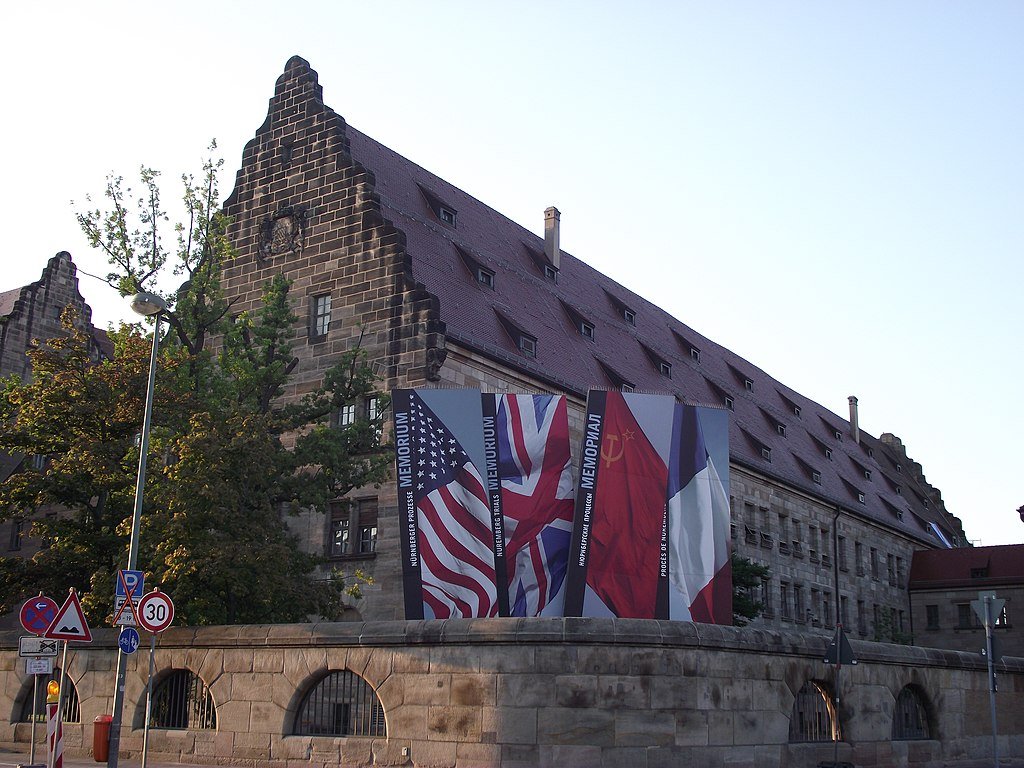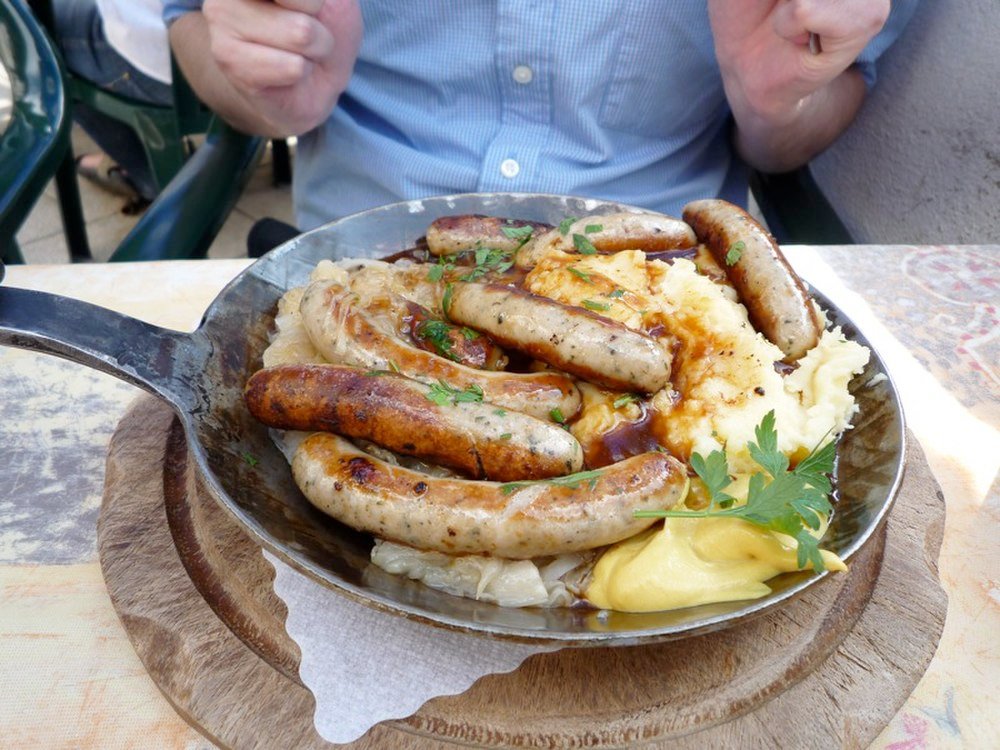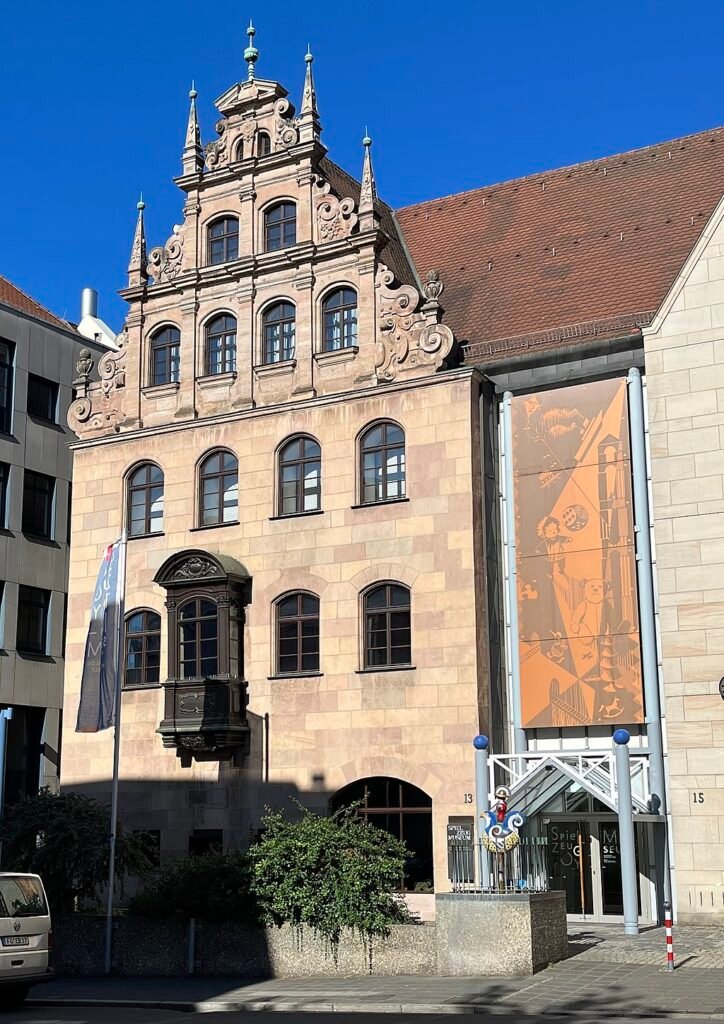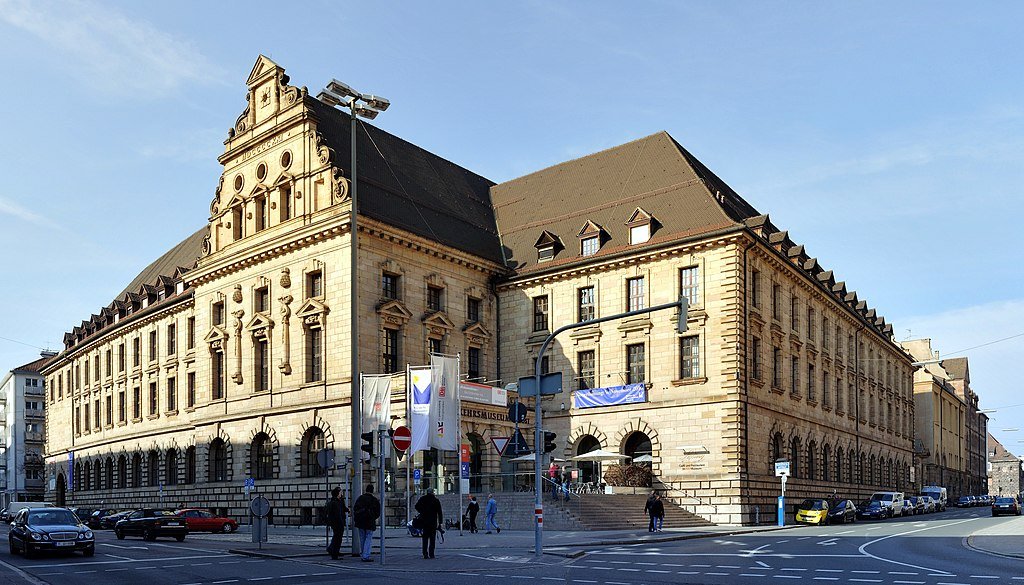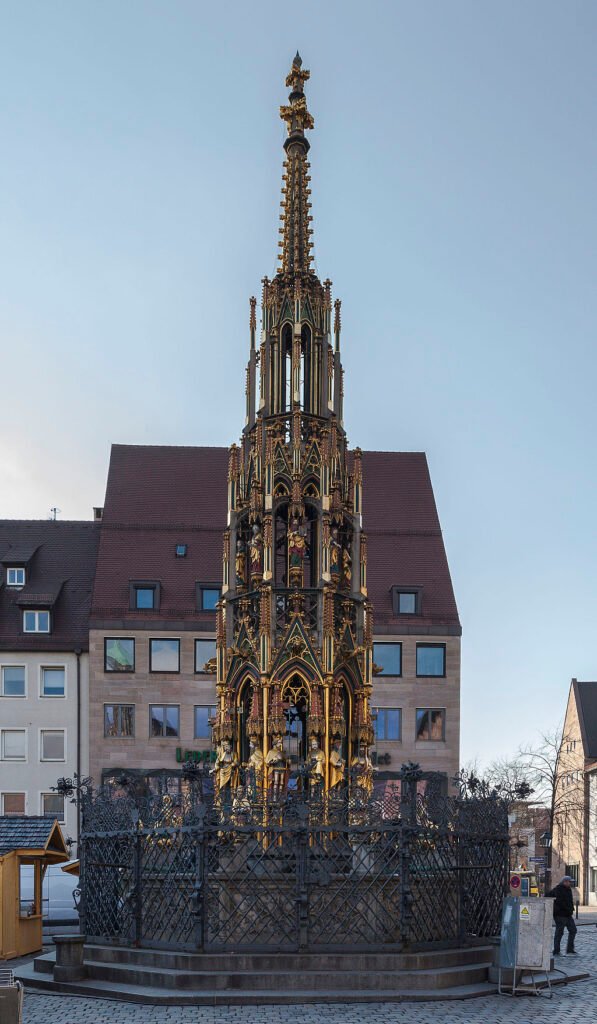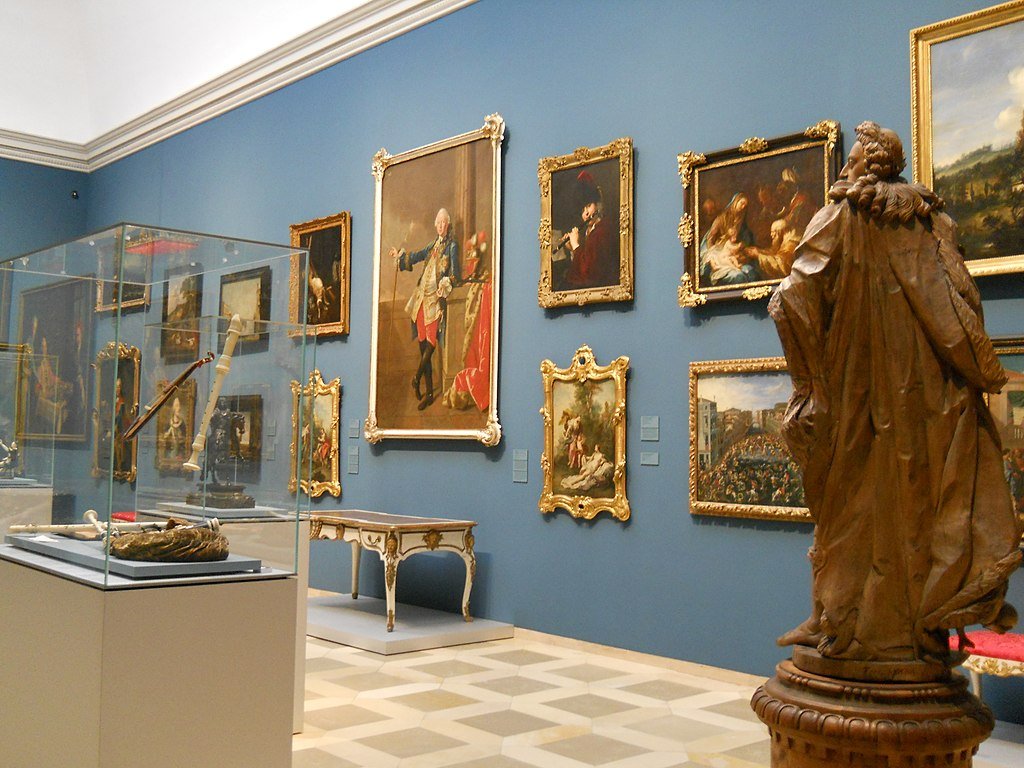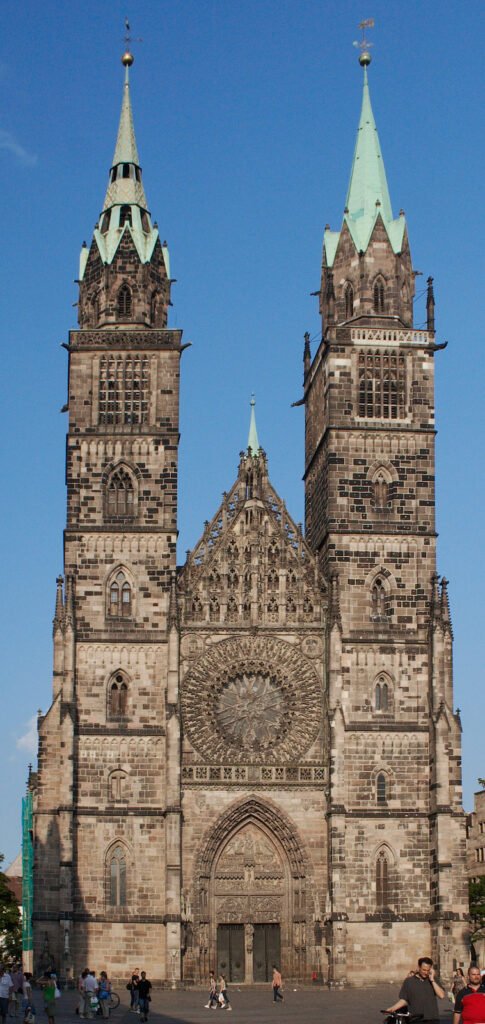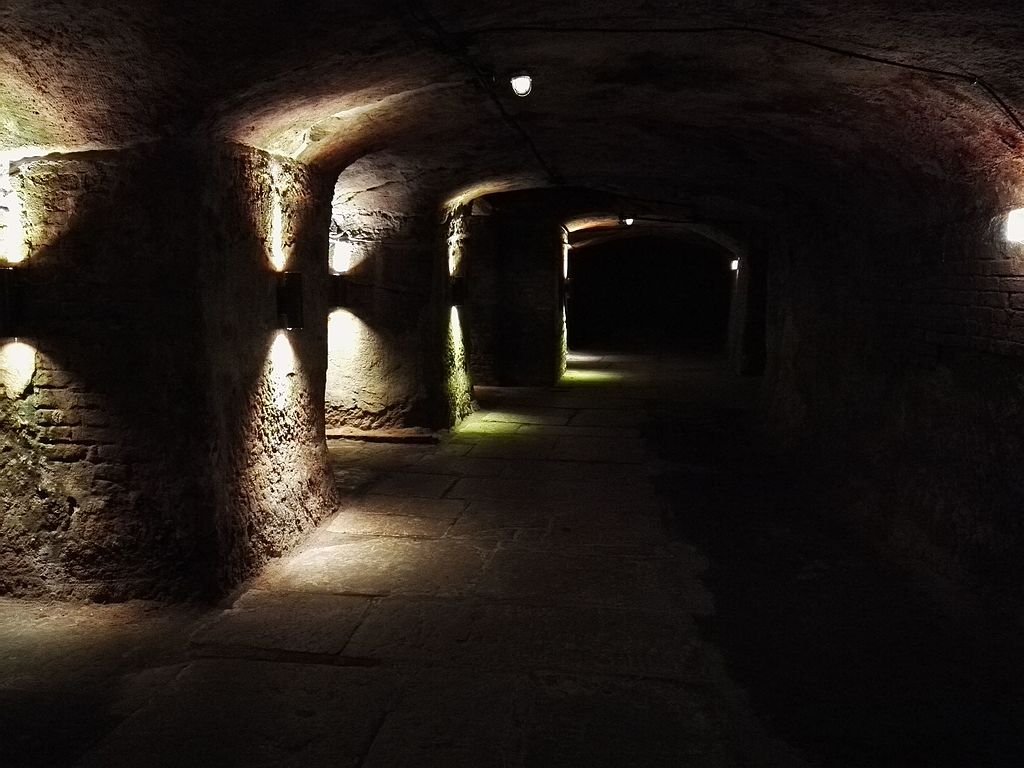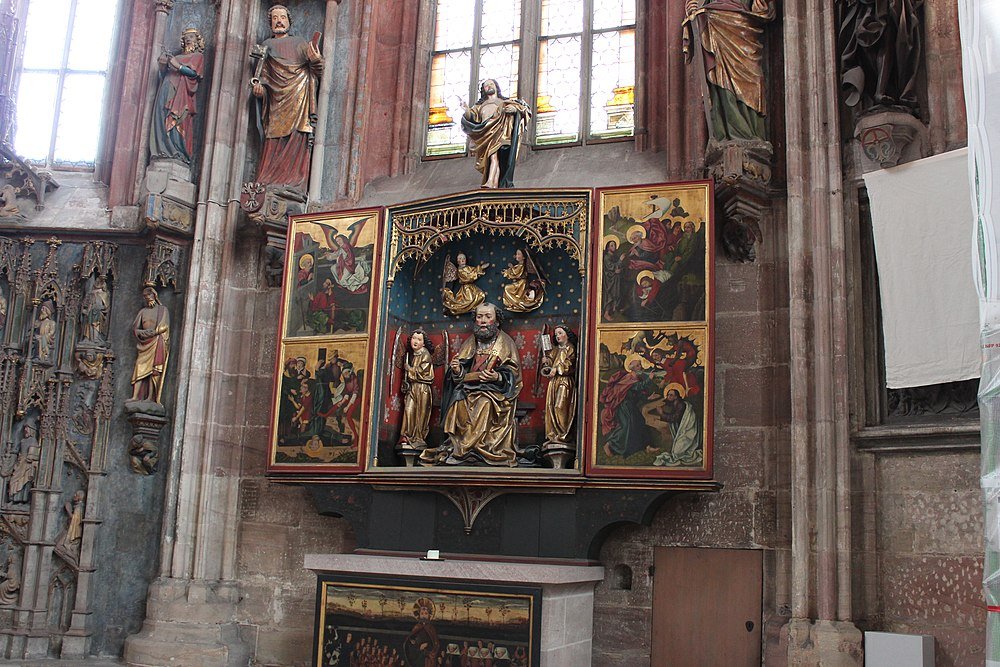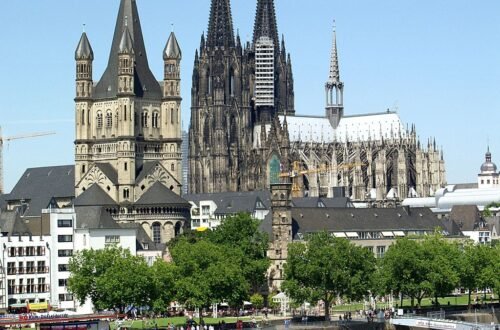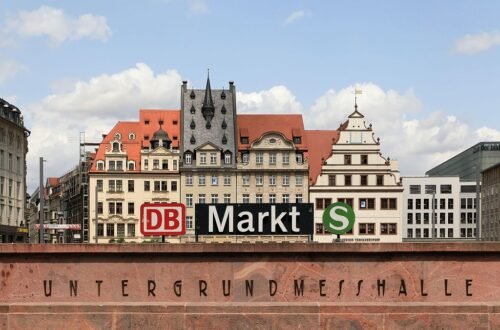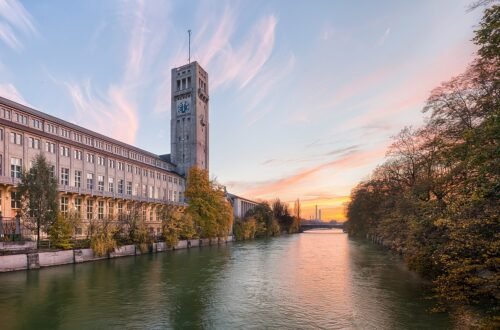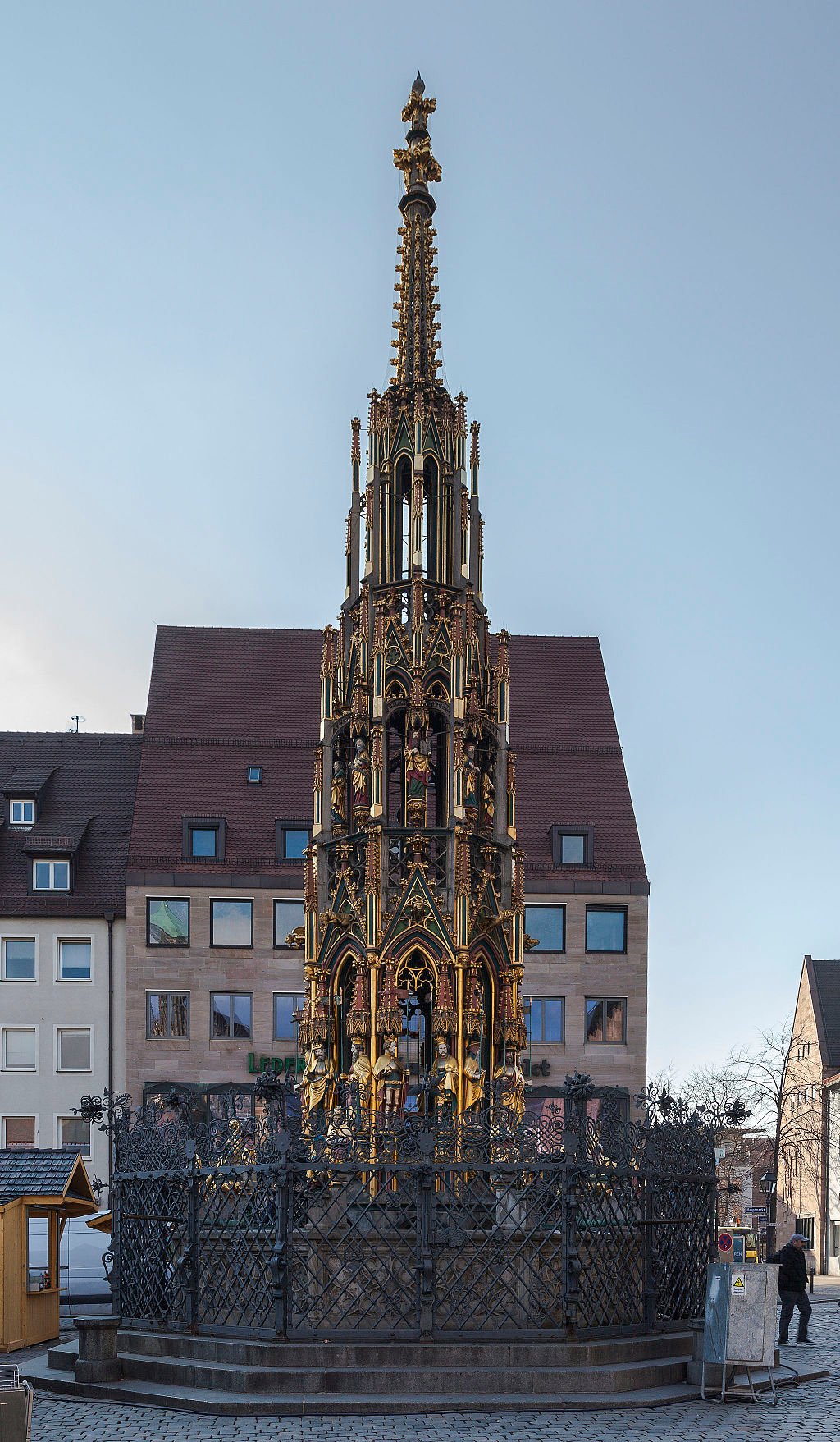
15 Best Things to See in Nuremberg (Germany)
From the time of the Holy Roman Empire until the 20th century, important world events took place in the city that is the capital of Franconia. Old Town is still surrounded by walls, and the Kasierburg castle guards it on a peninsula on the north side. For hundreds of years, the castle was the place where official events were held. During that time, Nuremberg was the unofficial capital of the Holy Roman Empire. Due to the Nuremberg Rallies, discriminatory laws, and post-war trials, Nuremberg is also known as a name connected to the Nazis. The Nazi Congress Hall on the rally grounds is now a museum about the Nazi government. Hermann Goring and other top Nazis were tried in Courtroom 600 at the Palace of Justice. Let’s examine the top activities in Nuremberg:
- Nuremberg Trials Memorial
- Stadtmuseum Fembohaus
- City Walls
- Nürnberger Bratwurst
- Albrecht Dürer’s House
- Nuremberg Toy Museum
- German National Railways Museum
- Schöner Brunnen
- Nuremberg Zoo
- Kaiserburg
- Germanisches Nationalmuseum
- St. Lorenz Church
- Nürnberger Felsengänge
- Documentation Center Nazi Party Rally Grounds
- St. Sebaldus Church
Nuremberg Trials Memorial
High-ranking Nazis were tried in courtroom 600 at the Justizpalast between 1945 and 1949, and it is still in use today. Weekday visits can be challenging unless you do so in between sessions. The finest time of all is on Saturdays when classes are not in session and English-speaking visitors may enjoy a somber audio tour of a space that is rich in history. The top floor of the courthouse is now a museum about the Nuremberg Trials. It has information about the accused and their crimes, as well as how the trials have had a long-lasting effect on international criminal law.
Stadtmuseum Fembohaus
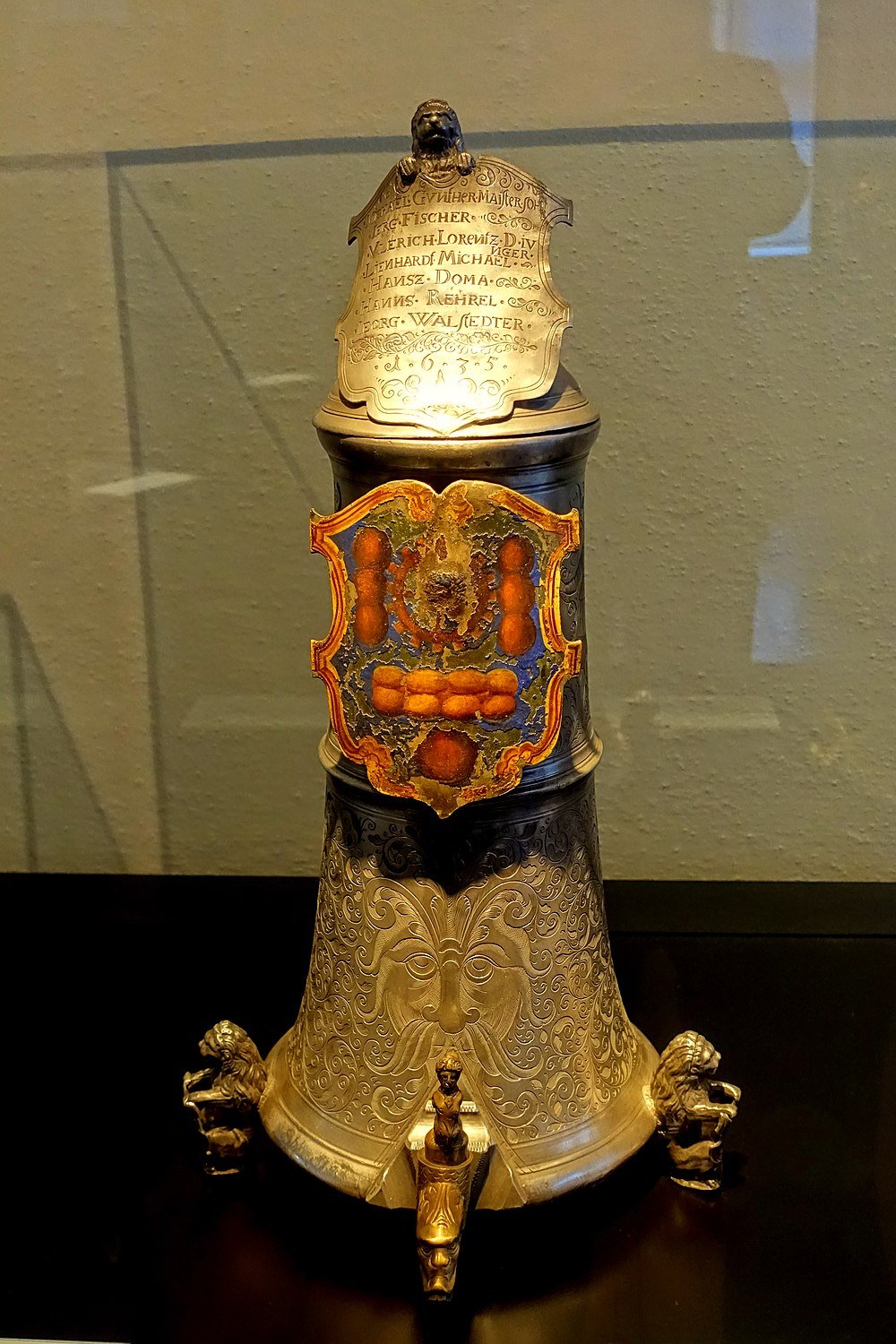
Fembohaus, a city museum on Burgstraße, is housed in a stunning, five-story building that dates to the final decades of the 16th century. The Fembohaus was once a family home and a map-printing business. Today, it gives visitors a quick look at Nuremberg’s rich culture, traditions, and industries from the past 950 years. There is a listening station where you can hear music written in the city over three centuries, a gallery of notable philosophers and artists, maps made in the Fembohaus in the 17th century, and apartments on the entire second level that are decorated in the manner of the 1600s. On the fourth floor is a hand-carved scale model of Altstadt in Nuremberg as it would have looked when this house was built. This may be the best piece of all.
City Walls
Nuremberg has been fortified for a very long time, and only once has the city ever been taken: in 1945 by the Americans. These walls were first constructed in the 1000s, and they were remodeled for cannons in the 1500s to give them their modern, streamlined form. The castle to the north and 67 defense towers are part of the four kilometers of medieval fortifications that still exist today. Most of the parapet, which looks out over the Altstadt and has a wood-framed roof, can be seen by visitors. The Stadtgraben, one of the longest-surviving ditches in all of Europe and preserved as a garden that you can stroll through, also follows the path of that wall.
Nürnberger Bratwurst
The regional sausage can only be made in Nuremberg since it is protected by EU law. Since 1567, the city of Nürnberg has manufactured bratwurst, and if you’re used to big German sausages, you might be shocked by how little they are. You might get as many as six in a serving because they are typically eight centimeters long. Since they are seasoned with fresh marjoram, they also taste better than other German sausages. Nürnberger rostbratwurst is roasted over a beech-wood fire and served with sauerkraut, potato salad, horseradish, and a generous pour of Rotbier or one of the many other Franconian beers.
Albrecht Dürer’s House

From 1509 until his death in 1528, he lived and worked at this timber-framed mansion in Nuremberg. He is thought to have been Germany’s best painter. Albrecht Dürer’s House is a unique piece of history because no other artist’s home from the 15th century can be found anywhere in Europe. Wartime damage to the structure was quickly repaired, but the building’s reopening wasn’t until 1971—Dürer’s 500th birthday. The mansion, which has five stories, is one of the few burgher homes from Nuremberg’s heyday in the 15th century still standing. The rooms have antique furniture and a display of Dürer drawings that changes regularly. A reconstructed version of Dürer’s studio also shows how prints were made at the time.
Nuremberg Toy Museum
The Renaissance Hallersches Haus is one of the best homes in the Altstadt and another stop on the Historical Mile. The Burgher House, which has a gabled front and a gallery made of timber that surrounds a courtyard, is named after the family that built it in 1517. The museum within honors Nuremberg’s history as Germany’s traditional center for toy production. It was inaugurated in 1971, the year of Dürer’s 500th birthday. Pre-War games and toys, including dolls, dollhouses, magic lanterns, wind-up figures, and another model railroad with outstanding scale, may be found on the first three floors. Since 1945, the top floor has been dedicated to toys, including Barbie, Playmobil, and Lego. There is also an interactive “Kids on Top” area with building blocks, table football, and a variety of other games and toys.
German National Railways Museum
The Bavarian Ludwigsbahn, which connected this city with nearby Fürth, was the first German railroad to be built, and it began in Nuremberg. The national museum on this subject should therefore be located in the city. As the Bavarian Railway Museum, the site has been around since 1899, making it the oldest in the country. The Nordgau locomotive from 1853 and a 1930s DRG Class SVT 877 from the Hamburg-Berlin line, which at the time was the fastest rail connection in the world, are just a few of the many fascinating artifacts. On the first and second floors, there are 160 models from as far back as 1882, as well as displays about building bridges and tunnels. You can witness a 10-minute presentation of the 80-square-meter model railroad at the stroke of every half-hour.
Schöner Brunnen
A 19-meter Gothic fountain that is located on the edge of the main market square is one of the wonders of medieval Nuremberg. Heinrich Beheim, an architect and stonemason, designed the fountain and worked on its construction between 1385 and 1396. Its four tiers of forty multicolored figures, all of which represent the “worldview” of the Holy Roman Empire, were made to look like a Gothic cathedral spire. Below the four evangelists and the four church fathers are statues that represent philosophy and the seven liberal arts. The Seven Holy Roman Electors are listed below the Nine Worthies. The Nine Worthies were historical and mythological figures who were seen as perfect. Moses and the seven prophets are then seated at the top. The monument survived the Second World War while being enclosed in a concrete shell.
Nuremberg Zoo

Nuremberg Zoo, one of Europe’s largest, is 70 hectares in size and, like the best zoos, is constantly adding new enclosures. Several kilometers east of Altstadt, in a former sandstone quarry, is the location. Since they act as natural enclosures for animals like Siberian and Bengal tigers, many of the historic stone pits have been left in their current state. There are also large, landscaped areas where bison, giraffes, deer, and zebras can live with some freedom. Snow leopards and maned wolves also have large outdoor areas to live in. In addition to the poison dart frogs, caimans, and green tree pythons seen in the many indoor exhibits, one of the more recent attractions is a bearded vulture enclosure with a 17-meter-high walkway.
Kaiserburg
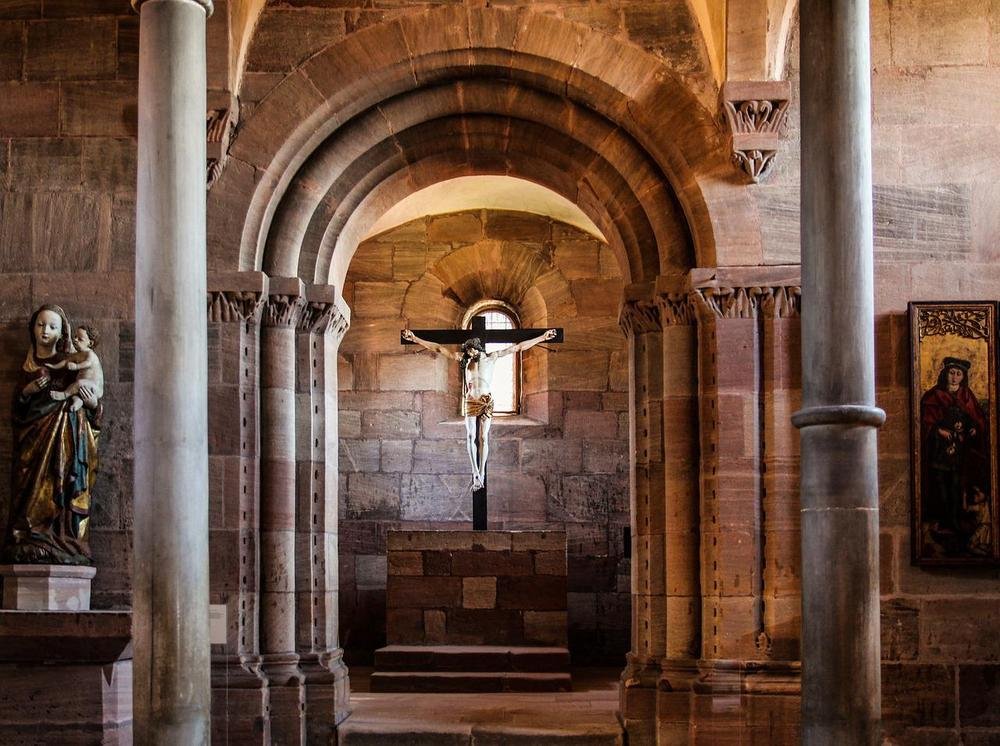
An important castle from the days of the Holy Roman Empire is perched on the sheer sandstone cliffs that overlook Nuremberg’s Old Town. Every newly elected emperor was required by law to hold his first imperial diet at Kaiserburg, where the imperial courts convened. The 14th-century castle keep at the octagonal Sinwell Tower is a perennial feature. The top floor has an observation deck from which you can take in the nicest cityscape. The Tiefer Brunnen (Deep Well), which is 50 meters deep into the sandstone, is hidden in the courtyard below among the half-timbered houses. Since the Middle Ages, the Palas, which was used for the castle’s official functions, has undergone numerous renovations. It also features a museum that explains Kaiserburg’s prestigious role in the Holy Roman Empire.
Germanisches Nationalmuseum
The Germanic National Museum serves as a kind of cultural treasure for the German-speaking world by tracing its history through more than 25,000 artifacts. The galleries are part of a complex that includes the Nuremberg Charterhouse and are filled with medieval art, ornaments, toys, literature, armor, scientific equipment, apparel, musical instruments, liturgical treasures, and prehistoric and ancient archaeology—and that’s just a quick list. It’s fair to say that if you want to visit this museum in a few hours or even a day, you’ll need to make a plan in advance. Albrecht Dürer’s portrait of his mother, Dürer’s rhinoceros, Lucas Cranach the Elder’s painting of Martin Luther, and Rembrandt’s well-known Wide-Eyed Self-Portrait are a few works of art you really must see before leaving.
St. Lorenz Church
This 13th-century church, which was also started by St. Sebaldus, afterwards received a hall chancel. The eastern portion was built in the 15th century and is in the “Sondergotik” German Late Gothic style. One of the first churches to convert to Lutheranism was St. Lorenz Church in 1525. Luckily, it was saved from the iconoclasm of the time, which may have been because wealthy patrons helped keep the art safe after their ancestors had bought it. The most priceless item is a Renaissance carving of the Angelic Salutation by Veit Stoss and a lovely tabernacle made by Adam Kraft, another renowned sculptor of the era.
Nürnberger Felsengänge
In the north of the Altstadt, Nurembergers dug tunnels through the sandstone bedrock over many years to build a maze of hallways, cellars, and water pipes. These encompass 20,000 square meters and are mostly based on the city’s brewing sector. In the Middle Ages, the city had around 40 breweries, each with a sandstone cellar for its own brewery. The vaults grew and were connected as production increased, and the Hausbrauerei Altstadthof still keeps barrels of its Rotbier down here. The tours conclude with a Rotbier tasting session. Tours are offered all day in German and once a week on Sundays in English.
Documentation Center Nazi Party Rally Grounds
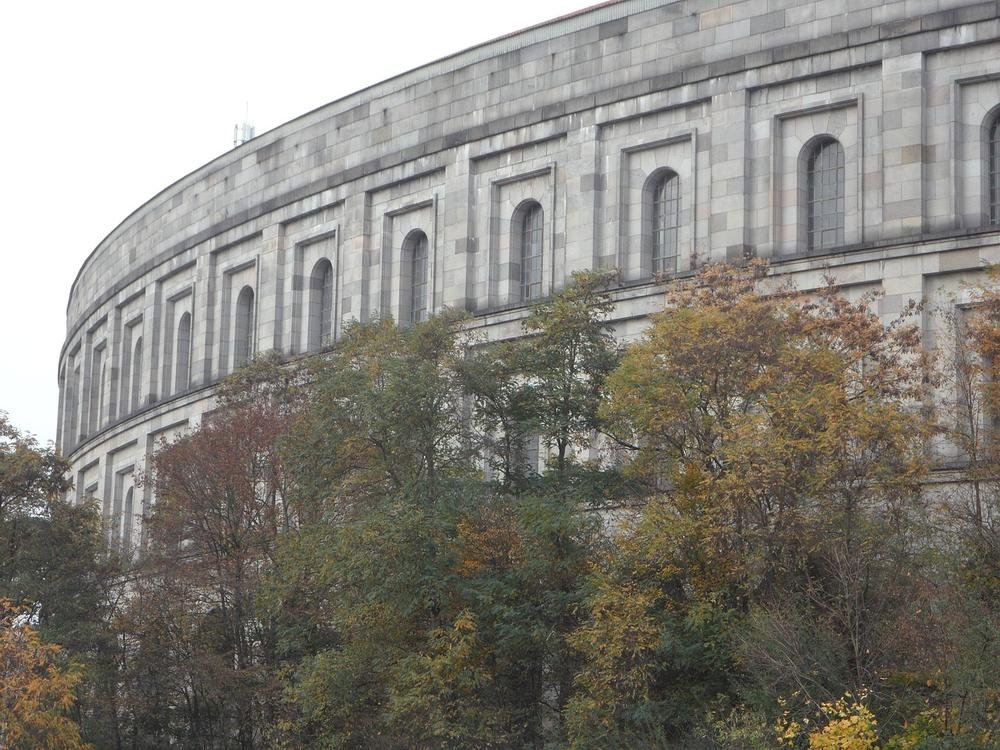
Nuremburg was important to the National Socialist dictatorship because of its place in the Holy Roman Empire and its location in the German-speaking world. They had already decided on Nuremberg for their yearly mass propaganda rallies before they came to power in 1933. A congress hall was being built during the 1930s as part of an unfulfilled grand plan for the city. The exhibition “Fascination and Terror” is located in that hall, which is pierced on the north side by a contemporary glass sculpture with metal framing. You will be guided through the factors that led to Nazi rule, its existence, and its effects. The Nuremberg Rallies and the city’s architectural designs are covered in more detail. Eyewitness accounts, images, official records, and computer visualizations all add context.
St. Sebaldus Church
When viewed from the north, St. Sebaldus Church can be seen to be divided in two. Romanesque and early Gothic architecture from the 13th century may be seen on the west side, including the naves and towers. The Late Gothic hall chancel is on the east side, which was built about 100 years after the rest of the building. The patron saint of Nuremburg is Saint Sebald, who lived in the eighth century. In the chancel, you can see his tomb, which was created in the 1510s by Peter Vischer the Elder and features Early Renaissance bronze sculptures representing events from his life. That is just one of the numerous pieces of art in the church, which also includes the epitaph for the Tucher family, stained-glass windows, and a wood sculpture by the Renaissance master Veit Stoss.


